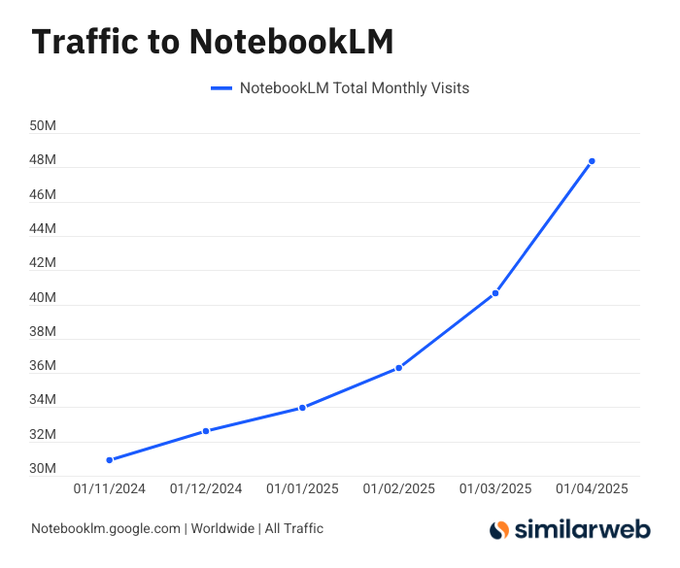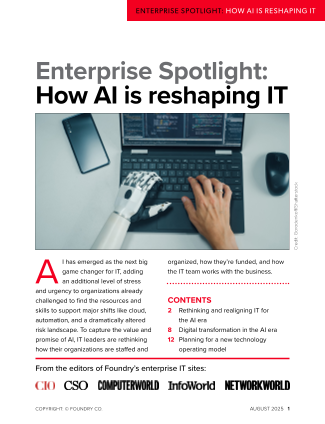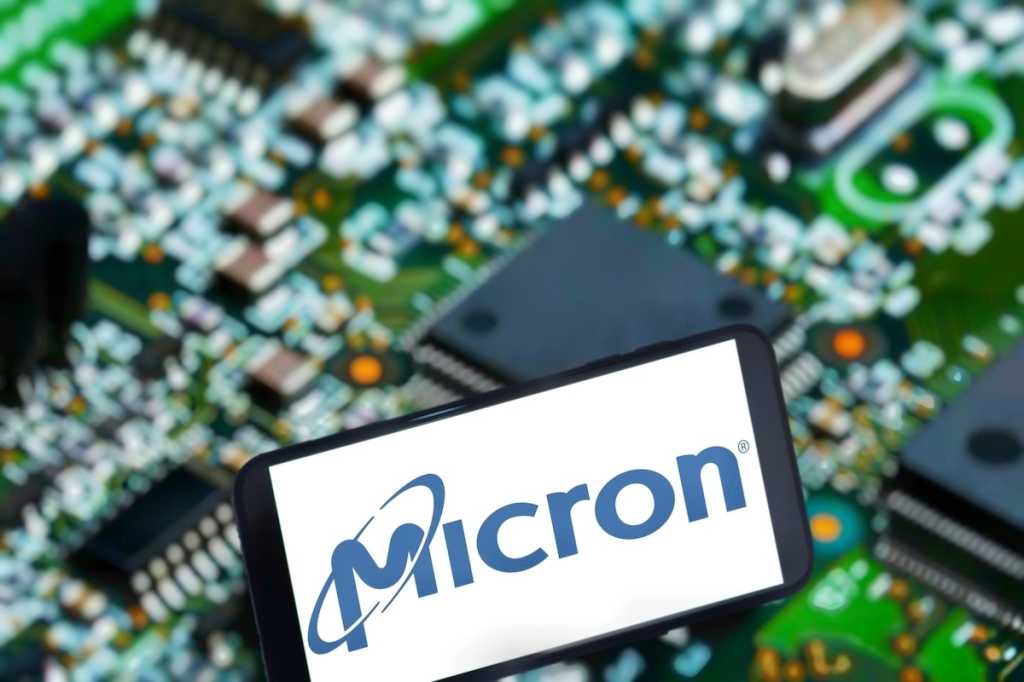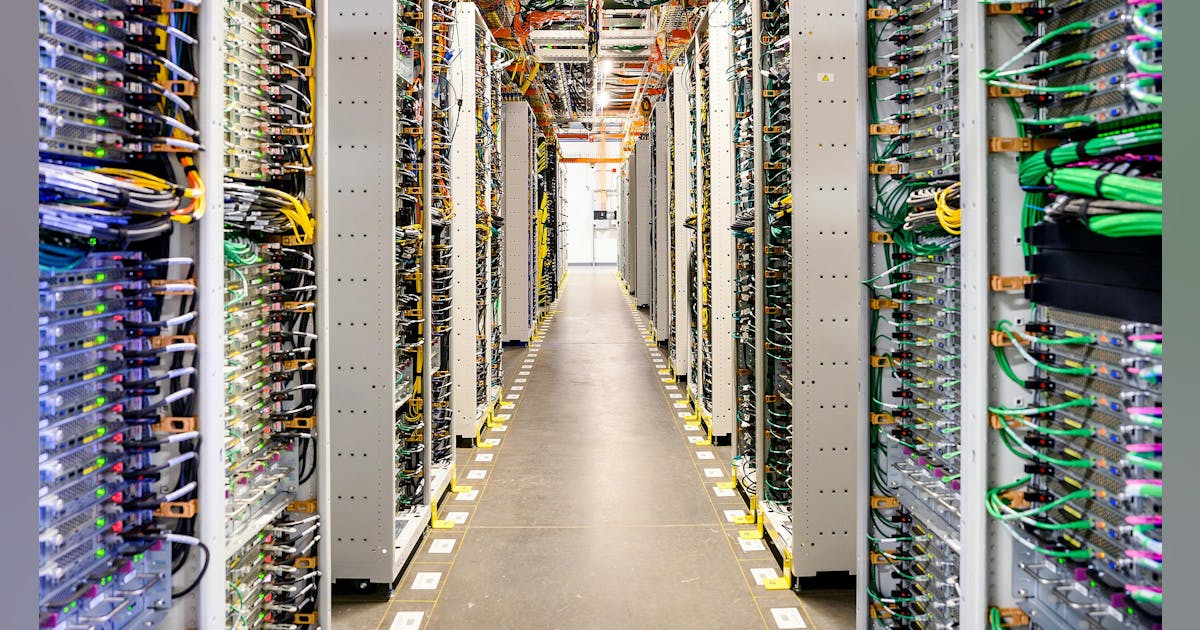Join our daily and weekly newsletters for the latest updates and exclusive content on industry-leading AI coverage. Learn More
Among the numerous announcements search giant Google made this week during the 2025 edition of its annual I/O developer conference (short of “input/output”), one of the most notable for enterprise leaders is that it is finally bringing its hit conversational AI application Notebook LM, previously available only on the web, to the Google Play and Apple App Stores.
NotebookLM, if you’re not already a user and don’t recall, is a free Google AI-powered service that began as a way for users to upload and query documents via text, only to become an exceedingly popular AI podcast generator, complete with two extremely personable default AI host voices — one masculine and one feminine — that banter and intonate very similarly to real people about whatever subjects the user wants, guided by user-uploaded PDFs, links, and even YouTube videos.
Strong user demand drives mobile release
The mobile app addresses one of the most frequent user requests: a way to use NotebookLM beyond the desktop.
According to a blog post by Biao Wang, Product Manager at Google Labs, many users wanted the ability to listen to summaries, interact with AI hosts, and share content to NotebookLM directly from their phones.
The release has seen strong early momentum. Within 24 hours of launch, the app reached the number two position in the Productivity category of the Apple App Store and placed ninth overall.
Meanwhile, traffic analytics firm Similarweb reported that monthly visits to NotebookLM’s platform increased by 56% over the past six months to more than 48 million vists, citing a strong adoption rate.

Mobile-first features focus on offline and multitasking
The NotebookLM mobile app introduces several features tailored for on-the-go usage.
Users can download Audio Overviews — AI generated podcast discussions of uploaded documents or media—for offline playback — a huge unlock for those wanting to take audio summaries with them on hikes, on the subway, or anywhere where cell and wireless service is lacking.
Whether commuting or dealing with limited connectivity, users can continue listening without interruption.
Additionally, Audio Overviews support background playback, enabling users to listen while using other apps or performing other tasks on their devices.
Interactive AI hosts add dynamic engagement
A new layer of interactivity is built into the mobile experience. When connected to the internet, users can tap a “Join” button during playback to ask the AI hosts questions, redirect the summary flow, or even request light-hearted content.
This real-time engagement allows for a more personalized and flexible understanding of complex materials.
Easy content sharing from any app
The app also streamlines the process of adding new source materials. Users browsing a website, viewing a PDF, or watching a YouTube video can share that content directly to NotebookLM via their phone’s native share menu.
The initial version supports three input types—websites, PDFs, and YouTube links—with more formats planned for future updates.
Available now on iOS and Android
NotebookLM’s app is available immediately for download. It supports iPhones and iPads running iOS 17 or later, as well as Android phones and tablets running Android 10 or higher.
The version released is described as a Minimum Viable Product (MVP), with ongoing improvements expected based on user input.
The development team has encouraged feedback through social media and its community channels, particularly around which features from the web app should be prioritized for mobile.
Video Overviews on the way
In addition to the launch, NotebookLM previewed a new feature: Video Overviews. Set to arrive soon in English, the feature will allow users to generate brief, animated video summaries from various content types, including PDFs and images.
The mobile release represents a key step in NotebookLM’s ongoing product evolution, aiming to make information analysis and comprehension accessible in more contexts—whether users are at their desks or on the go.
Hands-on experience with NotebookLM iOS app shows promise and pitfalls
My initial hands-on tests of the iOS version of NotebookLM reveals a mix of promise and performance gaps.
The core flow—pasting a URL to add it as a source, generating summaries, and interacting with the AI—is intuitive and consistent with the web version’s focus on simplifying complex content.
For instance, a source titled Explained: Neural Networks loaded successfully, created an overview with 7 sources, and allowed playback of an Audio Overview with standard controls like rewind, fast forward, and playback speed adjustments.
However, the experience wasn’t entirely smooth.
The app shows inconsistent behavior when trying to add URLs as sources. In multiple cases, adding a website URL failed, resulting in the error message “Could not add source.”
This occurred even with typical educational content (e.g., pages about how large language models work).
No details were provided by the app about why these URLs failed—whether due to unsupported formats, site restrictions, or network issues. This lack of feedback makes troubleshooting difficult for users.
While switching between notebooks, the app occasionally displayed a message stating “Could not load notebooks.”
This occurred during navigation between previously created notebooks and while attempting to create or access new ones.
The loading message “This may take 10–20 seconds” appeared frequently but didn’t always resolve, potentially leaving users uncertain about whether an operation was actually successful or not.
UI polish and real-time response
The interface itself is visually clean and consistent with Google’s Material Design patterns. However, subtle usability delays—such as loading animations persisting for longer than necessary or summary generation pauses—detract from the sense of real-time responsiveness, especially for users familiar with the web app’s speed.
Despite the above issues, some key promises of the mobile app were validated in use. Myu Audio Overview of a Microsoft’s Build 2025 keynote address played back reliably in offline mode.
The app allowed me to play content in the background while switching to other apps, meeting the multi-tasking support claims outlined in the launch announcement.
NotebookLM on iOS delivers on its foundational promise—bringing AI-assisted understanding to mobile devices—but early users may encounter reliability challenges around content ingestion and notebook management.
Enterprise implications: Why IT leaders and team managers should take notice
For enterprise decision-makers—CTOs, IT admins, and team leads—NotebookLM is becoming more than just a personal productivity tool.
With the introduction of NotebookLM Business, and now NotebookLM Plus, Google is signaling its intent to support professional-grade applications for research, collaboration, and knowledge management across organizations.
Originally launched as an AI note-taking tool built with Gemini 1.5 and later upgraded with Flash 2.0, NotebookLM has already proven popular among students, researchers, and knowledge workers. But as usage has expanded, so has Google’s roadmap. NotebookLM Business (now referred to in public updates as NotebookLM Plus) introduces features aimed squarely at enterprise users:
- Expanded capacity: Up to 5x more notebooks, sources, and Audio Overviews.
- Collaboration tools: Notebook sharing, shared editing, and customization options for tone, format, and style.
- Usage analytics: Insight into how teams are interacting with shared content.
- Audio enhancements: Team members can generate and interact with narrated overviews and use voice-based questions to explore sources.
- Integration readiness: Designed for Google Workspace and now Google Agentspace, with inclusion in the Google One AI Premium plan expected in 2026.
NotebookLM’s value proposition for enterprise teams centers on its RAG (retrieval-augmented generation) model, where users can create centralized, queryable knowledge bases based on source materials. Teams can store slide decks, policy documents, onboarding material, product roadmaps, or even CRM-style interaction logs—all inside shared notebooks. This can dramatically reduce search time and context-switching, particularly in knowledge-heavy functions like legal, marketing, product development, or research.
In an October 2024 interview, Google noted that early business users reported success using NotebookLM to build “a centralized repository of team intelligence”—a feature that can help with project onboarding, briefing, and knowledge continuity across time zones and departments.
NotebookLM’s Audio Overview feature, while still experimental, also holds potential for enterprise knowledge dissemination. Teams can use it to generate short, spoken summaries of complex materials—ideal for briefings, podcast-style internal communications, or summarizing new product documentation. Recent updates even allow users to guide the conversation or prompt deeper dives into specific topics during playback.
Privacy and control for professional environments
A recent onboarding screen in the app emphasizes that NotebookLM does not use personal data to train models.
For enterprise or EDU accounts using Google Drive, data handling is governed by Workspace or Education terms of service, reinforcing compliance standards. This distinction may help NotebookLM pass initial IT reviews for adoption in regulated industries or organizations with sensitive data concerns.
While the app still includes warnings about the potential for inaccuracies—common to generative tools—NotebookLM is positioned as a knowledge assistant, not a decision-maker. IT leads evaluating it for broader use should weigh these limits alongside the tool’s productivity and information management strengths.
Early enterprise users already onboard
Notably, some early adopters in the startup and venture capital sectors have already embraced NotebookLM as a replacement for traditional CRMs or internal wikis. Sam Lessin, former Meta VP of Product and current general partner at Slow Ventures, described using NotebookLM instead of a CRM. Others report building knowledge hubs around everything from regulatory compliance to code documentation.
As NotebookLM matures, its emerging business-tier capabilities suggest growing alignment with the productivity and compliance needs of modern teams.
Daily insights on business use cases with VB Daily
If you want to impress your boss, VB Daily has you covered. We give you the inside scoop on what companies are doing with generative AI, from regulatory shifts to practical deployments, so you can share insights for maximum ROI.
Read our Privacy Policy
Thanks for subscribing. Check out more VB newsletters here.
An error occured.




















